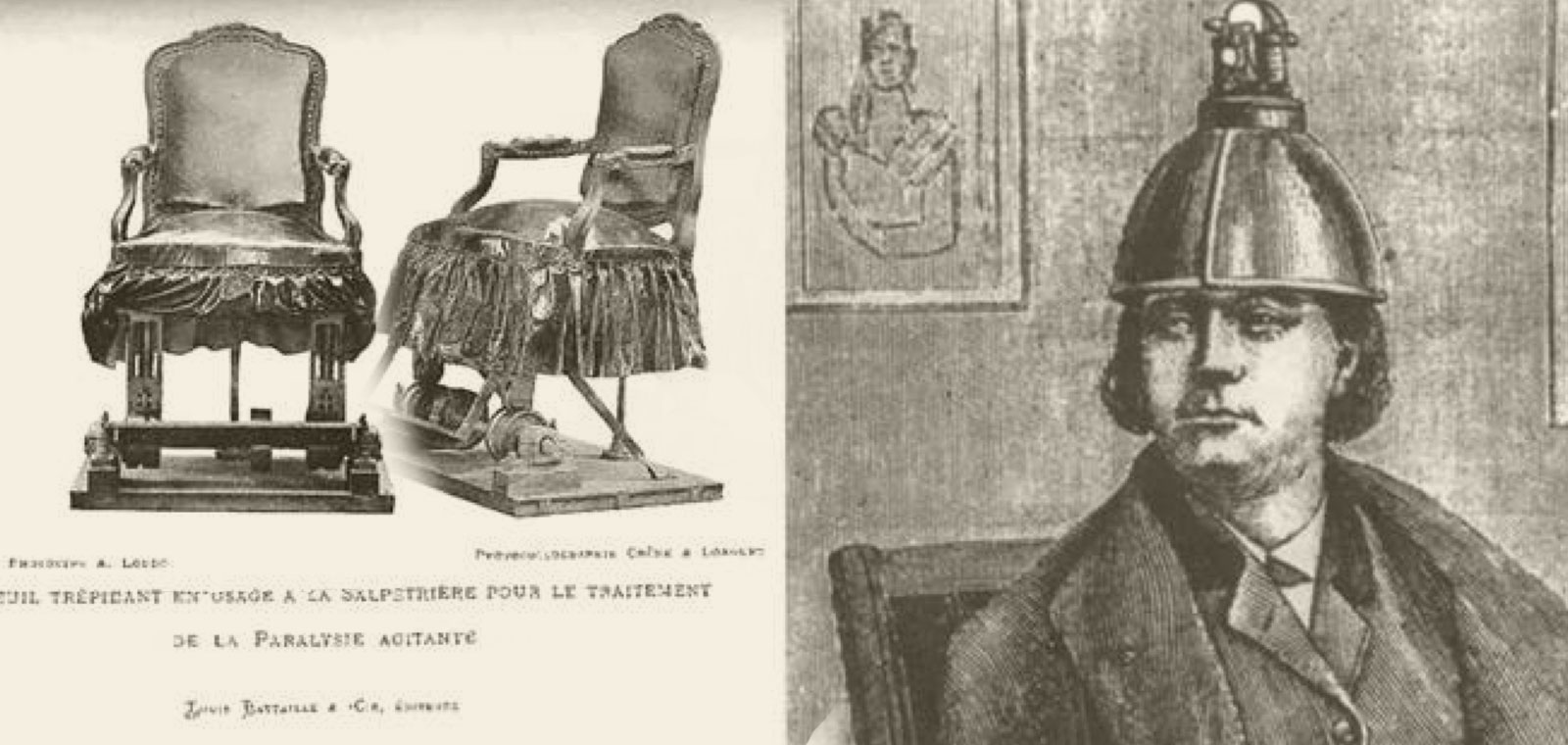
Today is World Parkinson's Day. A day to reflect on the development of treatments for Parkinson's patients. Parkinson's is a disease that has been around for ages. Already 1000 years before Christ it was described. The disease causes a disturbance in the motoric control of movements. Particularly elderly people are prone to develop this condition, but we still don't know what the cause is.
This complicates the development of new treatments. In fact, a treatment similar to the current treatment with Levodopa (L-dopa) has already been around for more than 500 years before Christ. This was based on the bean mucuna prurias or the velvet bean, which naturally contains a high amount of L-dopa. Therefore, not much has happened in the intervening 2500 years. Unfortunately, treatment with L-dopa is only partially effective and over time the treatment becomes less effective. This can be remedied by adjusting the dosage, but this often causes many side effects. In short, improved therapies are needed. Fortunately, it has our full attention and current science is making great strides in finding adequate treatments.
Sickness comes on horseback, but departs on foot
In the 19th century people went to the doctor by train or on a horse. Parkinson’s patients felt better after a horse ride. Therefore, in 1892, an electrically powered vibrating chair was created by the French physician Charcot for the treatment of Parkinson's symptoms. His student Gilles de la Tourette made a new version of a vibrating helmet that was more manageable. Another reason for this was that he thought that only the head should vibrate. But both devices turned out to be ineffective, because people did not yet know that its effect was dependent on the right rhythm. As a result, the idea was largely forgotten.
Everything consists of rhythm
130 years later, the idea of rhythm was picked up again. We no longer go to the doctor on horseback. And horse riding is no longer necessary because we can control our own rhythm in the brain through feedback training. This allows us to fire our brain signals in a certain rhythm. It can also be done by offering rhythm, as in Charcot's time by trotting the horse. This can also be done by tingling the fingers or even by listening to music. The rhythm of the stimuli offered causes the brain cells to fire in a corresponding rhythm. If you do that often enough, the brain takes over that rhythm.
This change of rhythm in the brain ensures that the rhythm, disrupted by illness, is counteracted. It also causes other brain parts to participate. The right rhythm helps nerve cells in the brain make better connections, which improves motor control.
Take control of your own brain
The motor skills are controlled in a specific part of your brain (the sensorimotor cerebral cortex). We have discovered that a certain rhythm in this cerebral cortex allows your brain to activate a new area, different from the area damaged by Parkinson's disease. This rhythm can be measured in the brain. The neurofeedback technique takes advantage of this by sending back a positive signal as soon as your brain fires at the right rhythm. In this way you teach your own brain to fire in the right rhythm. This trained rhythm activates the alternative route in the brains and ensures that you can still control your movements.
At BPRC, we are investigating how we can optimize these types of new therapies for Parkinson's. Recently, we have published an article about these developments.

